Photographer Dustin Curtis decided to put his new iPhone 5 up against his ~$4,000 Canon 5D MkIII SLR in a head-to-head shootout. The result? Clearly the Canon won, but the iPhone did surprisingly well.
Sensor Shootout: iPhone 5 Vs. Canon 5D MkIII
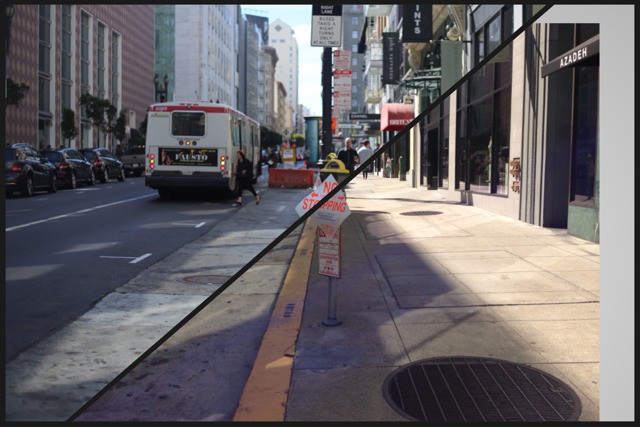

Photographer Dustin Curtis decided to put his new iPhone 5 up against his ~$4,000 Canon 5D MkIII SLR in a head-to-head shootout. The result? Clearly the Canon won, but the iPhone did surprisingly well.

Canon's other new camera today is the G15, successor to the G12 and flagship compact in the Canon range. The big changes are the lens, which retains its zoom range but gets a faster maximum aperture of ƒ1.8, and the rear LCD panel, which no longer flips out but now sports a higher 920,000 resolution.
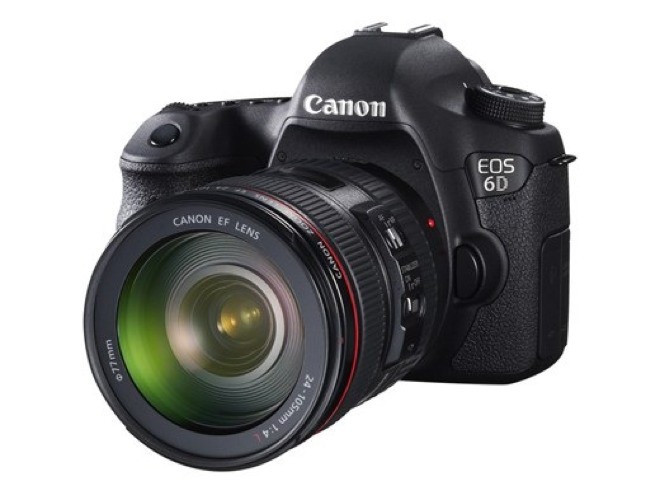
Oh, it is soooo on. Right after the announcement of Nikon's (relatively) cheap and small full-frame 24MP D600, comes Canon's reply: the 6D, a (you guessed it) small and budget-minded full-frame SLR. And it adds Wi-Fi and GPS.
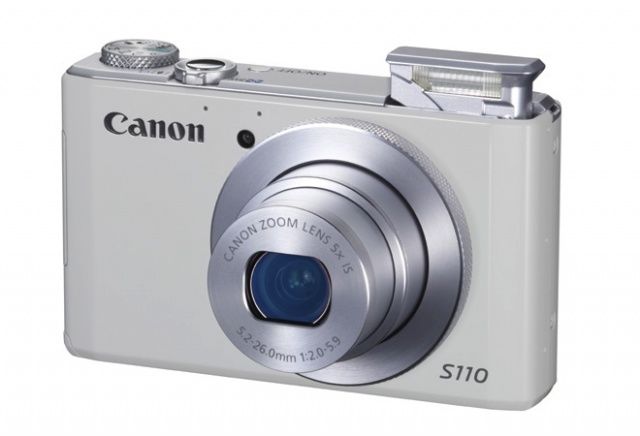
Canon seems intent on fighting camera phones with Wi-Fi and large sensors. Also: ISO 12,000.
![The Best Document Scanners [Best Of] There are two ways to deal with paper documents. Fire, or... scanners.](https://www.cultofmac.com/wp-content/uploads/2012/08/best-of-scanners.jpg)
Even in 2012, people still insist on giving us paper: bills, receipts, even business cards (!) all come printed on dead treeware, and all remain completely useless, unsearchable and easy to lose. What you need, until these people wake up and just e-mail you the relevant info — is a document scanner. Smaller and faster than all-in-one or flatbed models, these scanners can take a stack of paper and turn it into searchable PDFs faster than you can shred the source material.
Read on for our list of the best document scanners to use with your Mac, iPad or iPhone.

The Enough Project released a report today that ranks the top technology companies on how well each one is doing in wiping out the use of “conflict minerals” like tantalum, tin, and tungsten in their products. Apple, HP, Intel, Motorola are at the top of the list, while Nintendo is at the bottom, along with HTC, Sharp, Nikon, and Canon.
The minerals in question, mined in areas of armed conflict and human rights abuses, are used in many technology products around the globe, and The Enough Project – a non-profit arm of the Center for American Progress – tracks these in its effort to combat crimes against humanity.
![All These Incredible Olympic Photos Were Taken With An iPhone 4S [Gallery] Women's 200m backstroke semi-final 2, SW012](https://www.cultofmac.com/wp-content/uploads/2012/08/olympics12.jpeg)
If you’re a professional photographer going to the London to cover the Olympics, you’d probably want to take a huge DSLR and a couple thousand dollars worth of extra lenses to get the best pictures possible, right? Wrong.
Dan Chung is covering the Olympics for The Guardian, only instead of using his fancy pants DSLR, Chung is capturing the entire event using only his iPhone 4S and some binoculars. He edits the photos using Snapseed before uploading them to the web, and the results are pretty impressive. Take a look for yourself.
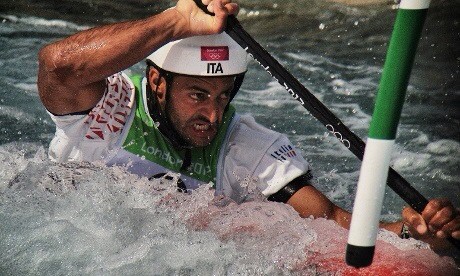
The idea that you need a fancy camera and a bag of lenses to take good photos is utter crap. It’s a myth beloved of camera makers, and lapped up by amateur snappers who think that a Leica M9 or a Nikon D700 will somehow improve their tawdry, insipid holiday snaps.
Don’t agree? Here’s exhibit A: Photographer Dan Chung is covering the Olympics for the Guardian with an iPhone 4S, a pair of binoculars (used as a telephoto lens) and the iOS app Snapseed, and his photos are – too put it plainly – better than yours and mine.
![The Lowepro Flipside Protects Your DSLR While You Search The Forests For Bigfoot [Review] flipside sport 15L](https://www.cultofmac.com/wp-content/uploads/2012/07/flipside-sport-15l-aw-1.jpg)
Few camera bags are built keep your camera gear safe while you hike, bike, and conquer the wilderness like the manly man that you are. But the Flipside Sport 15L All-Weather camera bag from Lowepro ($135) was designed to do exactly that, and comes standard with some tricks you won’t find on your everyday camera sack.
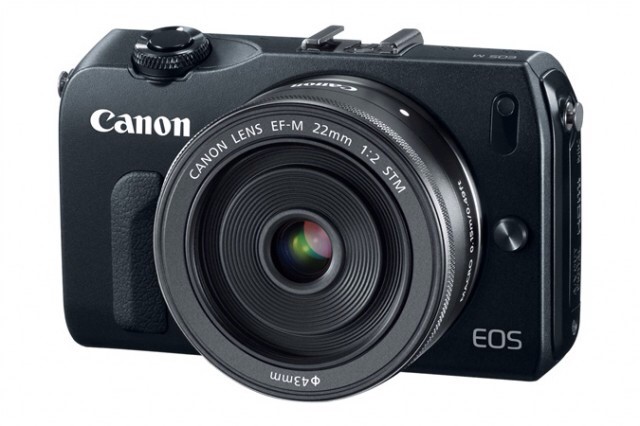
Finally! Canon has at last announced its answer to Micro Four Thirds and other mirrorless formats. And unlike Nikon, which was content to dash off a crappy toy in the shape of the “1,” the EOS M is pretty much exactly what we hoped for: an EOS SLR packed into a tiny body.
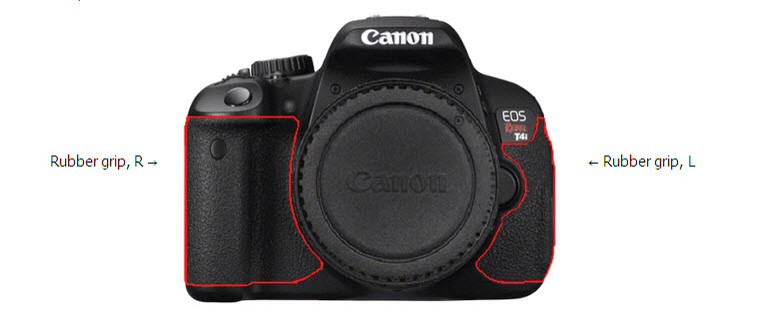
Remember the first batch of white MacBooks? Their top panels would react with the grease from your hands and turn a disgusting, smoker’s-hair yellowish brown. Not only that, but the trim on the edges of the computer was prone to flaking off like mature plastic scabs.
Apple seems to have gotten on top of this kind of first-gen hardware problem, but Canon’s new Rebel T4i (EOS 650D) is doing a similar thing, only in the opposite direction: Its rubber coating is turning white, and leaking irritating substances as it does so.
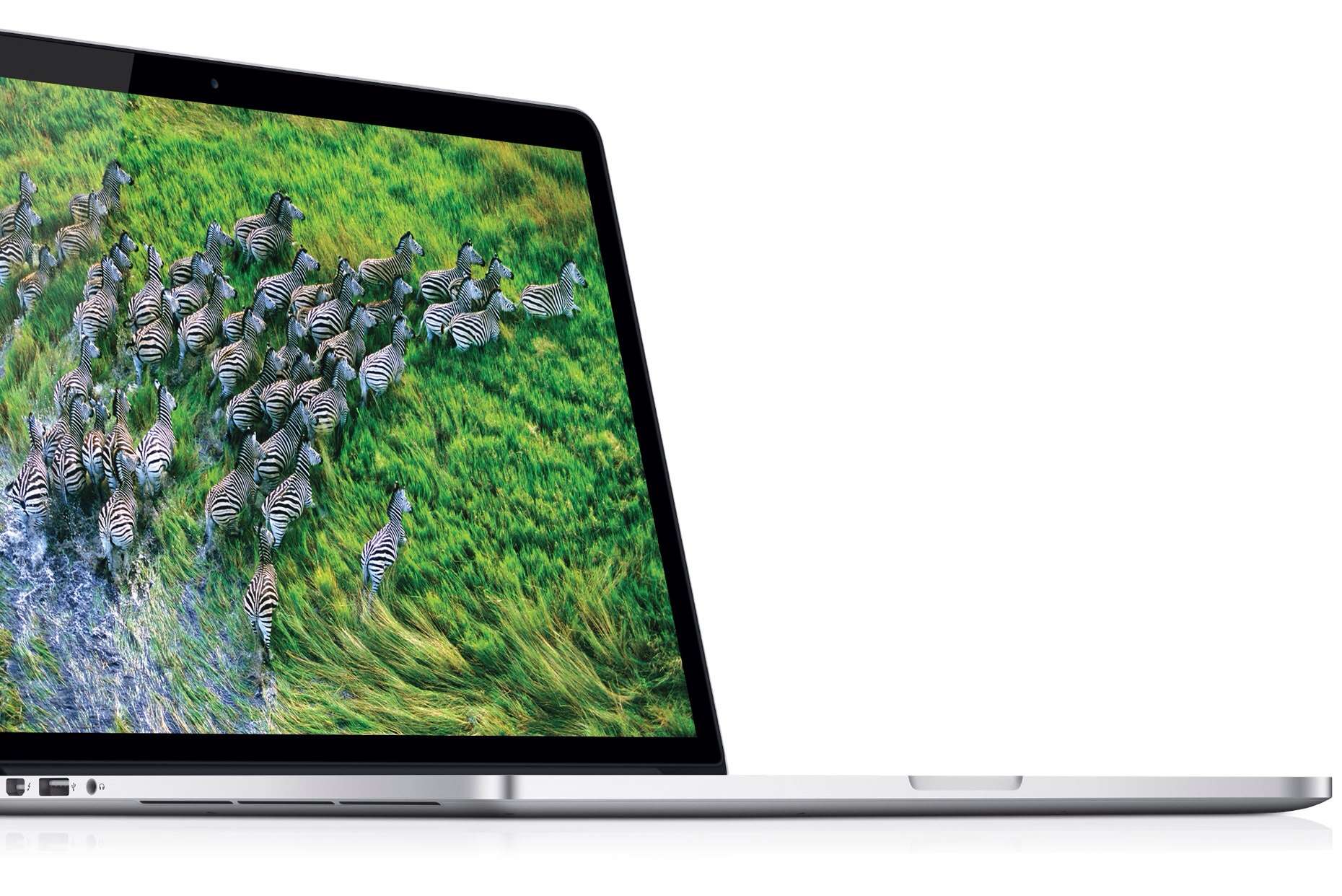
One of Apple’s hallmarks is that it says “no” to way more products than it says “yes” to. And this kind of perfection is what also lead photographer Steve Bloom to capture the amazing photo of stampeding zebras which features in the promo shots for the new Retina MacBook Pro.
Not only was he shooting on film while on location in Botswana, he almost missed the shot entirely rather than capture something less than perfect.
![The Phottix Odin Is One Of The Best DSLR Flash Triggers I’ve Ever Used [Review] phottix odin](https://www.cultofmac.com/wp-content/uploads/2012/07/phottix-odin-1.jpg)
All great photographers know how to light well. And step one of good lighting is getting your flash off the top of your DLSR, where it sits and spews gross rays onto every one of your unfortunate victims, and onto a light stand where it belongs.
But how does one make a flash work when it’s not on the camera? The Phottix Odin Flash Trigger for Canon ($350) is up to the task, but that’s a major understatement. The Odin isn’t just another flash trigger system — it’s a Cadillac of features at a Honda price.
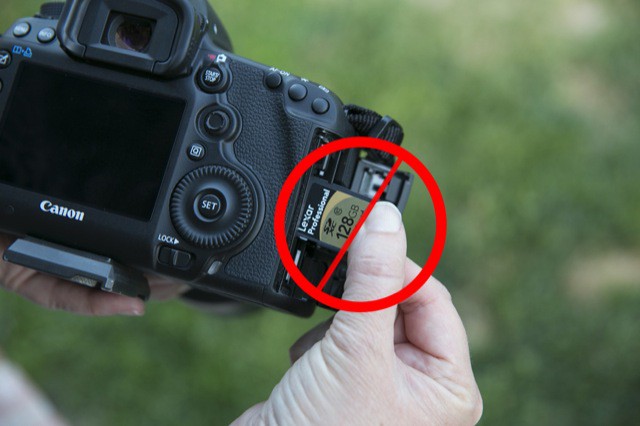
Got a super-fast Canon 5D MkIII? Love that you can just pop out the SD card and slide it straight into your Retina iPad via the camera connection kit? Not so fast – literally. Photographer Jeff Cable has done the math and found that the camera’s SD slot is slow, slow slow compared the the CF slot, and then it actually gets worse.
![The Best Cameras [Best Of] ebst-of-camera.jpg](https://www.cultofmac.com/wp-content/uploads/2012/06/ebst-of-camera.jpg)
We know that you Cult of Mac readers are also a bunch of photo nerds, so we thought that this week’s best-of list could be about cameras. You’re iPhone might be great (and even makes it into this list) but sometimes you need something more powerful, more rugged or just plain better. Here’s our list of the best cameras out these.
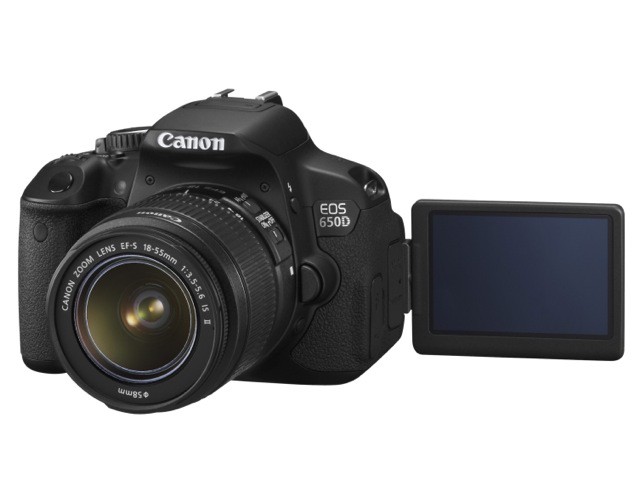
Canon has announced a brand new video-shooting DSLR, the EOS 650D. This freaks me out a little bit as I used to sell the EOS 650 to people as a part of my Saturday job in a camera store. The 650 was a 35mm SLR that Canon made from 1987 to 1989, and it was the company’s first auto-focus SLR.
Back to today. The 650D has all that you’d expect from a modern camera, plus a swing-out touch-sensitive LCD screen.
![Burned, Frozen And Thrown Down Stairs, The Canon 7D Keeps On Shooting [Video] cult_logo_featured_image_missing_default1920x1080](https://www.cultofmac.com/wp-content/uploads/2022/04/cult_logo_featured_image_missing_default1920x1080.png)
I have a love/hate relationship with destruction videos. Love because, well, who doesn’t love seeing how tough our gadgets really are? And hate because smashing up perfectly good items shows everything that is shameful and bad about our wasteful modern society.
So it is with mixed feelings that I bring you Kai W of DigitalRev TV and his series of ever-more-cruel ordeals for the Canon 7D SLR.
![See The Softer Side Of Your DSLR’s Speedlite With The Gary Fong Lightsphere Collapsible [Review] gf-lightshpere10.jpg](https://www.cultofmac.com/wp-content/uploads/2012/05/gf-lightshpere10.jpg)
There are probably a thousand different flash-diffusing accessories out there that claim to transform your DSLR Speedlite’s sickly beam of photons into one that’s more soft’n’dreamy. Problem is, many portable diffusers are tricky to use, don’t work well, or both.
But the Gary Fong Lightsphere Collapsible ($60), though it looks a little too much like a flash’s top hat, is surprisingly effective at softly lighting all that surrounds it.
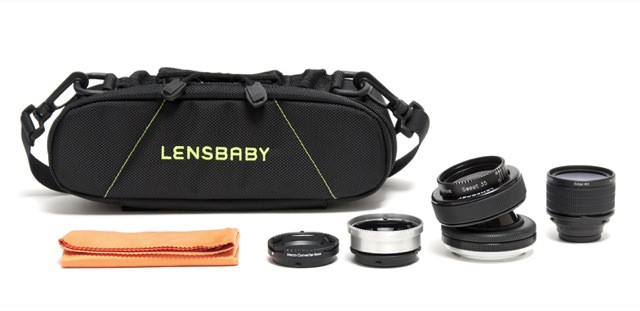
If you have been thinking about dipping a photographic toe into the contrasty, blurred waters of Lensbaby’s lenses, and you happen to have $750 (but not $805) lying around the house with nothing to spend it on, then perhaps you might consider the Pro Effects Kit, a bundle of some of Lensbaby’s funnest gear, all in its own special bag.
![The Gary Fong Puffer Makes Your DSLR Popup Flash Better [Review] Gary Fong Puffer](https://www.cultofmac.com/wp-content/uploads/2012/05/gf-puffer4.jpg)
The Gary Fong Puffer ($22) has one function: diffuse your popup flash’s harsh light, making it softer, more eye-pleasing, and eminently more usable. It mostly delivers on that promise, but will it cure my distain for actually using popup flash? Doubtful.
![Carry Your Camera Gear Across The World With The Think Tank International [Review] Think Tank International](https://www.cultofmac.com/wp-content/uploads/2012/04/tt-international-1.jpg)
The International ($350), from Think Tank Photo, is similar to every other piece of rolling luggage you’ve probably used, with a retractable handle and rolling wheels, but on the inside, instead of keeping your dirty drawers stowed, it secures treasures of a different kind: your plethora of expensive camera gear. And it does so admirably.
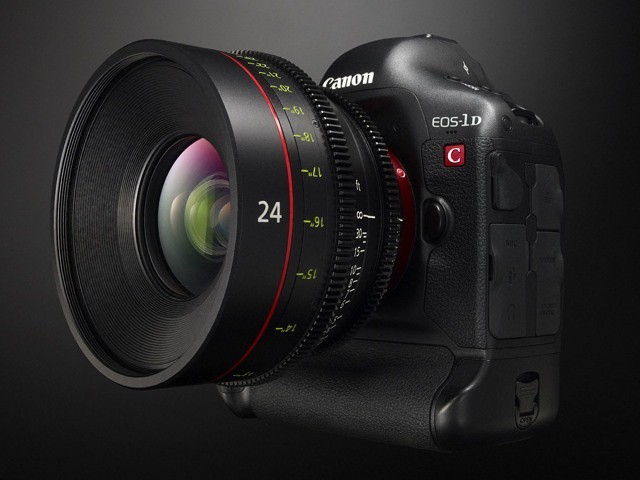
Canon is serious about video. It’s 5D MkII was the go-to camera for low-budget indie filmmakers and professionals (like the creators of House) alike. Now, with rivals such as Nikon catching up, it has again leapt ahead. Say hello to the EOS-1D C, an SLR which can also shoot 4K video.
![LensBaby Composer Pro With Sweet 35 DSLR Lens: They Move In Mysterious Ways [Review] LensBaby Composer Pro And Sweet 35 Lens](https://www.cultofmac.com/wp-content/uploads/2012/03/lensbaby-compro-35-13.jpg)
The LensBaby Composer Pro with Sweet 35 lens ($400) can create beautiful mixes of blur and focus in your images, but beginner photographers beware — this optic pair is not for the faint of heart.
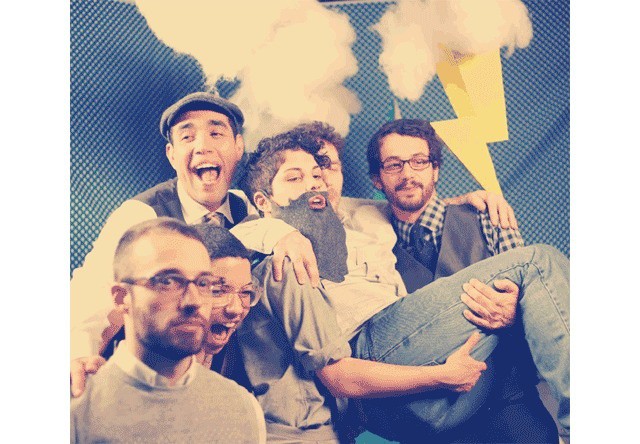
What does it take to make a 3-D photobooth, one capable of spitting out the amazing Instagrammatical animated GIF seen above (without the animation, thanks to the Cult of Mac’s JPG-only policy)? If you’re design company Digital Kitchen, it takes three Canon 5D MKIIs, four MacBook Pros, a Sony HD projector and a whole lot of glue and paint. It’s called the Protobooth
![Canon’s About To Announce A New 5D Mark III Pro DSLR Camera, Here Are Photos And Specs [Update] 5d3front.jpeg](https://www.cultofmac.com/wp-content/uploads/2012/03/5d3front.jpeg)
I’m sure many of you have been waiting for Canon’s replacement to their highly praised and super popular pro DSLR, the 5D Mark II. Friends, your wait ends tonight.